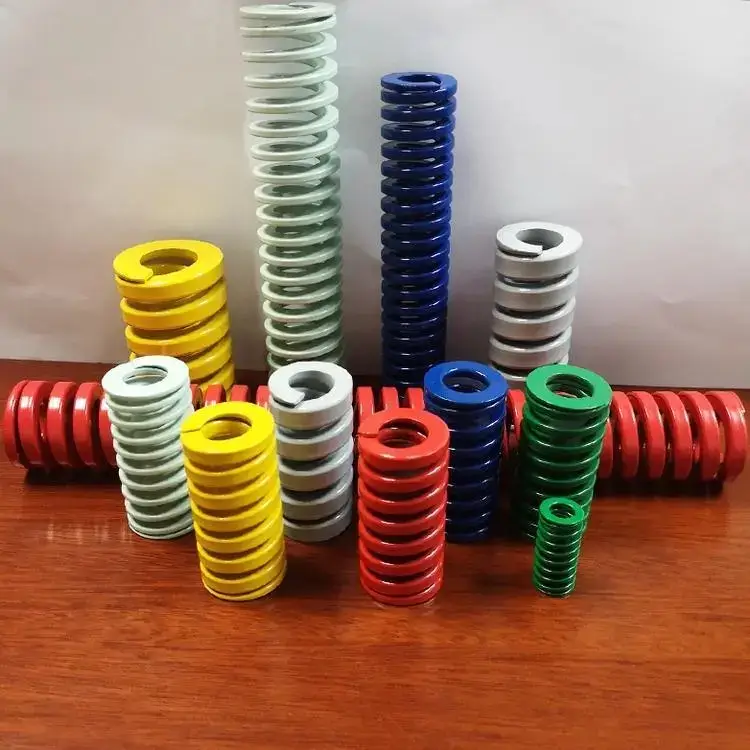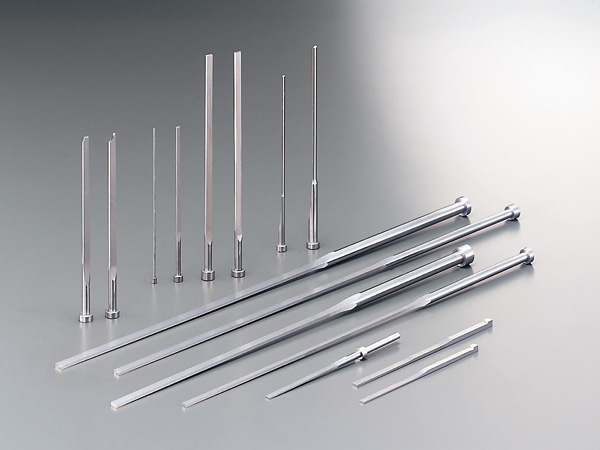What is the reason for the injection molding die spring not rebounding?
The inability of the injection molding die spring to rebound may be due to the following reasons:
- Unsatisfactory design selection: Focusing only on major parameters such as diameter, nominal diameter, and length while neglecting the cross-sectional area and dimensions of the pitch, leading to insufficient spring force.
- Choosing light-load springs: Opting for springs incapable of bearing heavier loads, resulting in inadequate force.
- Issues with spring material and treatment: The spring material may be too soft, or the heat treatment temperature insufficient. Inadequate insulation and short heat preservation times, or excessively high quenching temperatures and durations may cause insufficient tensile and compressive strength, thus leading to insufficient elasticity.
- Exceeding temperature limits: Using the spring beyond the specified temperature range can reduce or even eliminate its ductility.
- Incorrect spring compression selection: Erroneous selection of compression levels for the spring can also result in its failure to rebound.
To address these issues, a thorough review of design parameters is necessary. Ensure the selection of a spring type suitable for the intended load and verify that the spring material and treatment processes meet the requirements. Additionally, be mindful of temperature ranges to avoid using the spring under conditions that exceed its capabilities. By considering these factors comprehensively, the elasticity and rebound performance of injection molding die springs can be improved.





